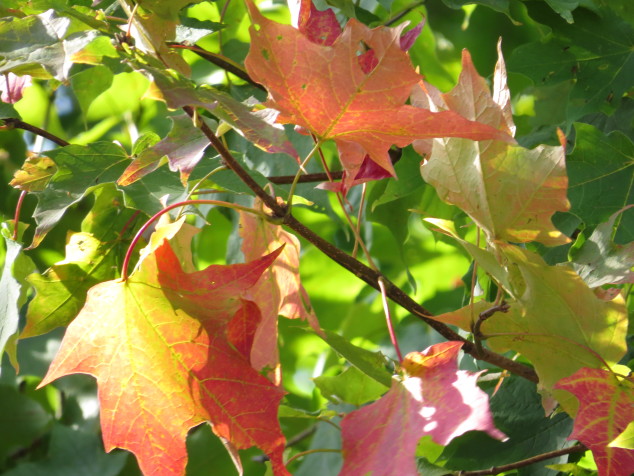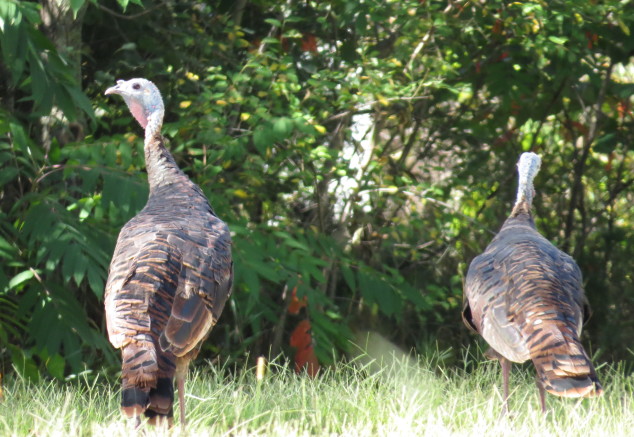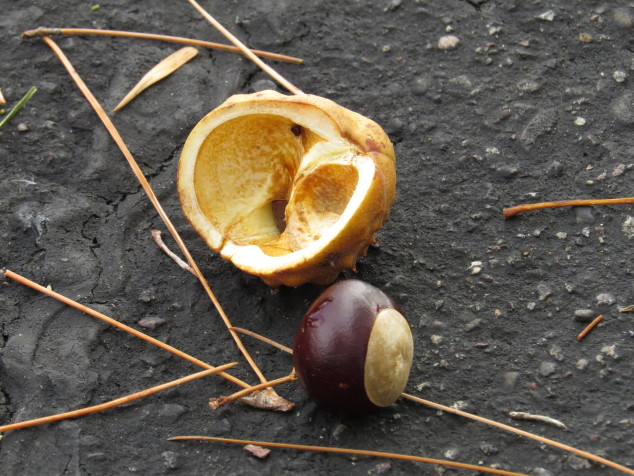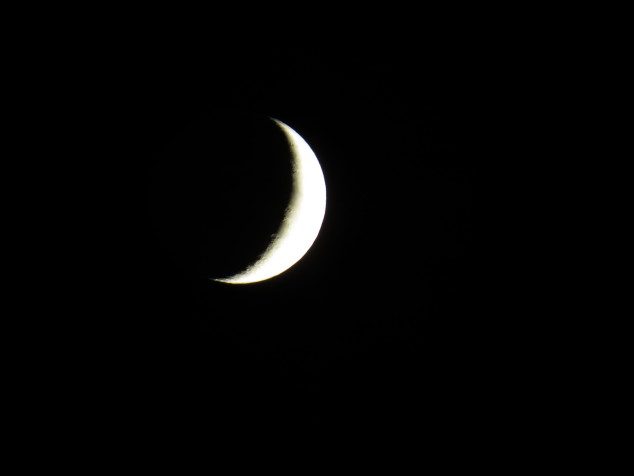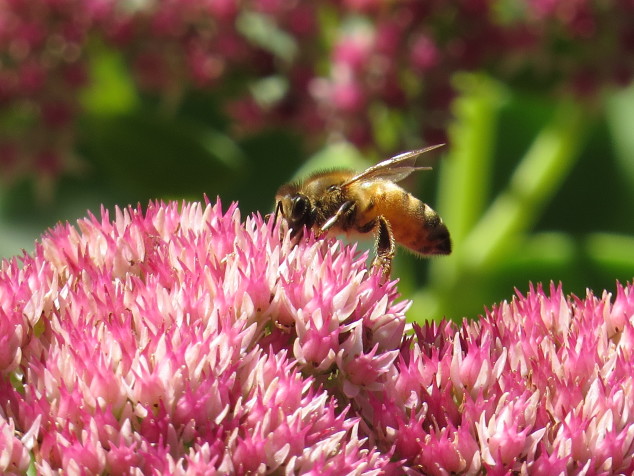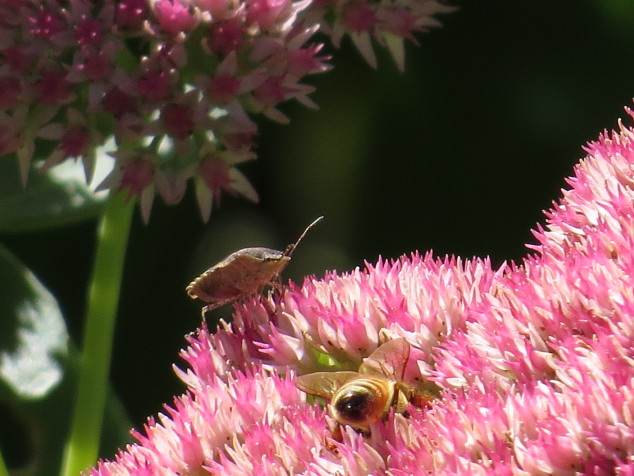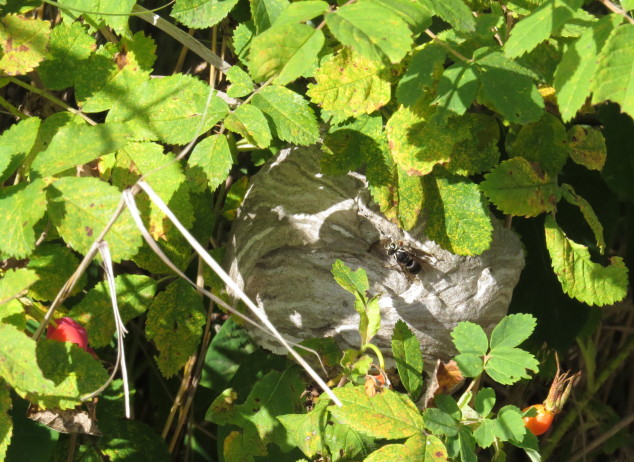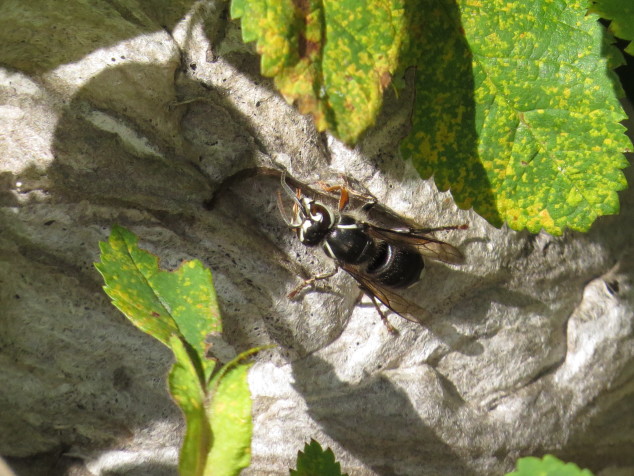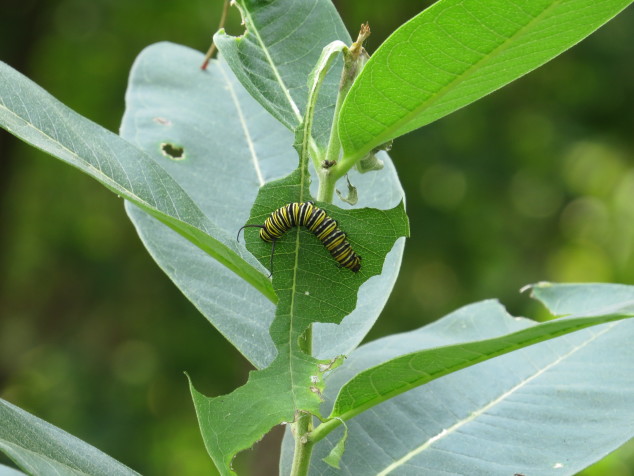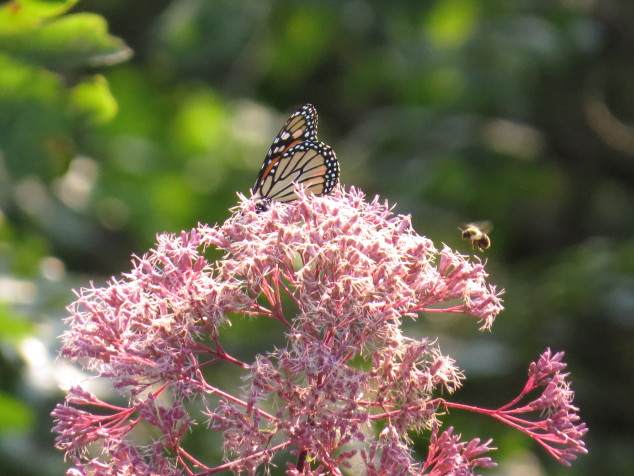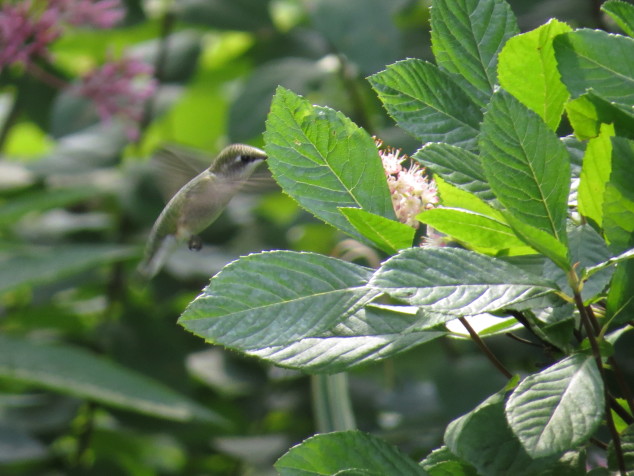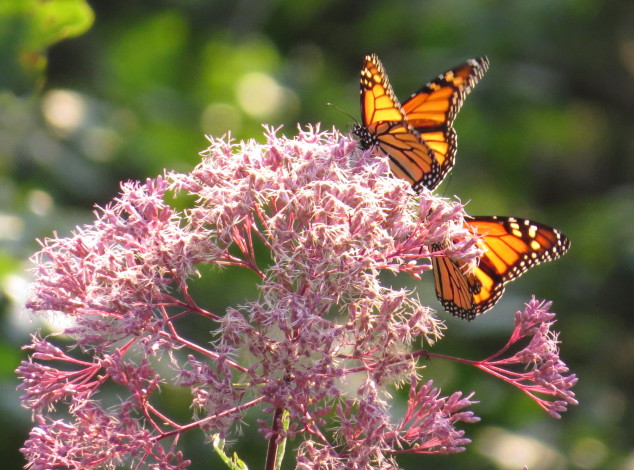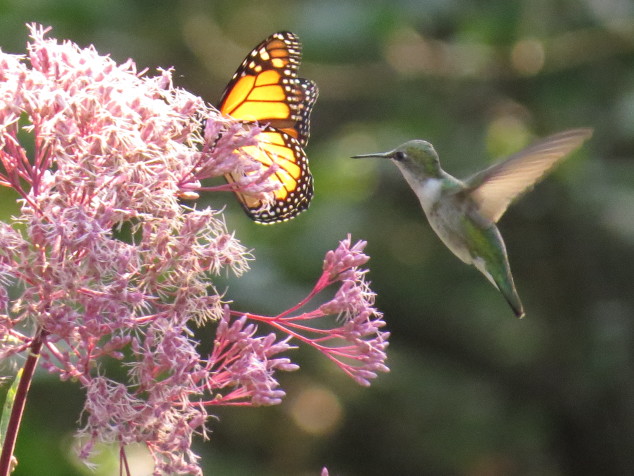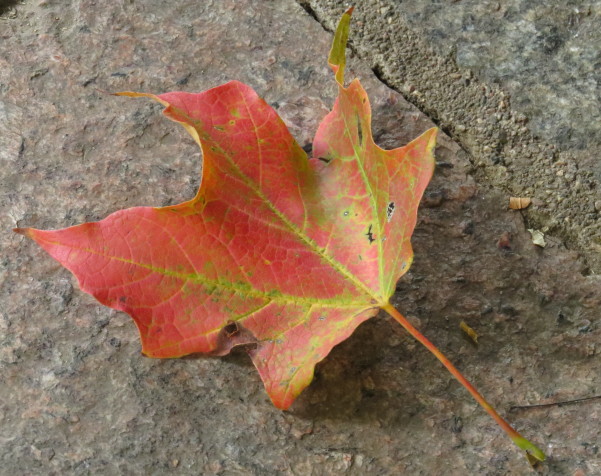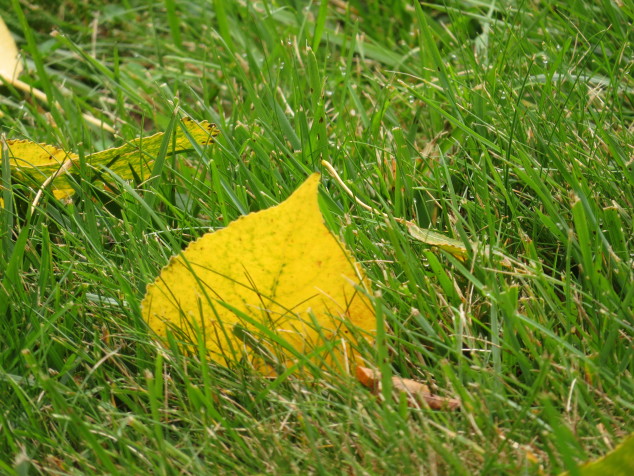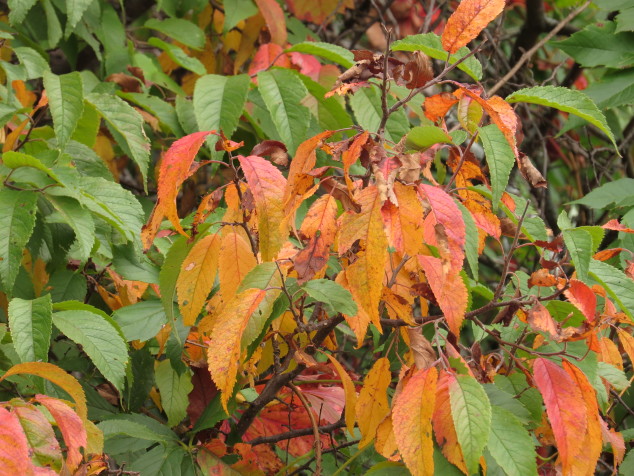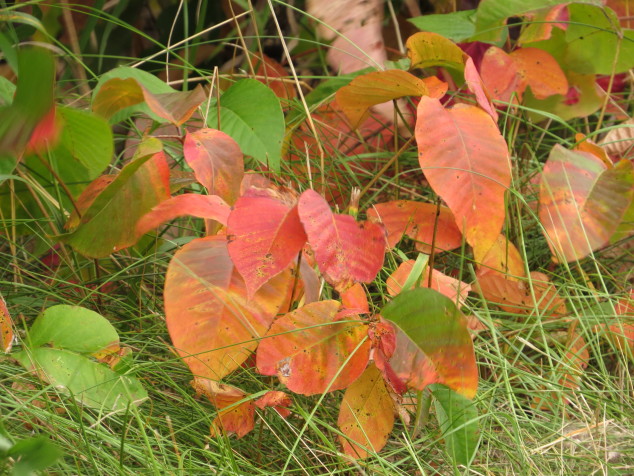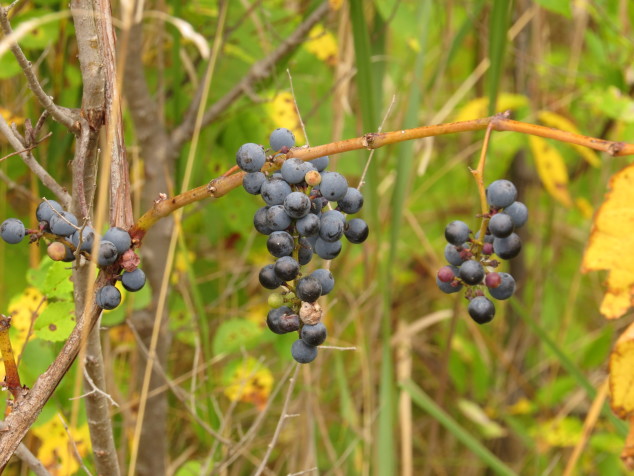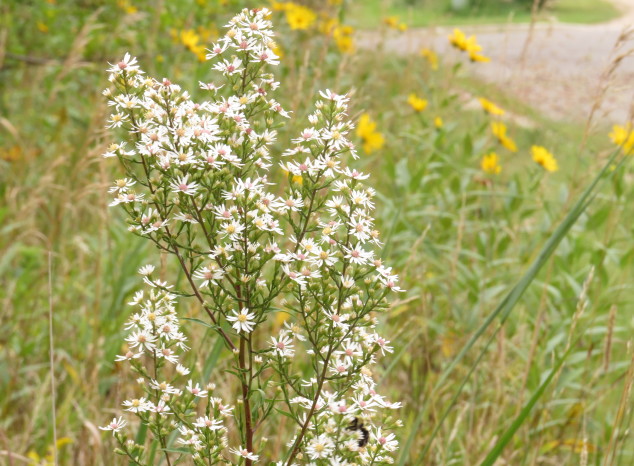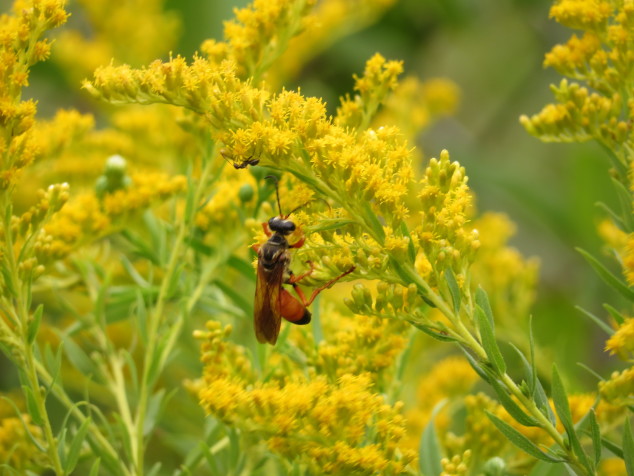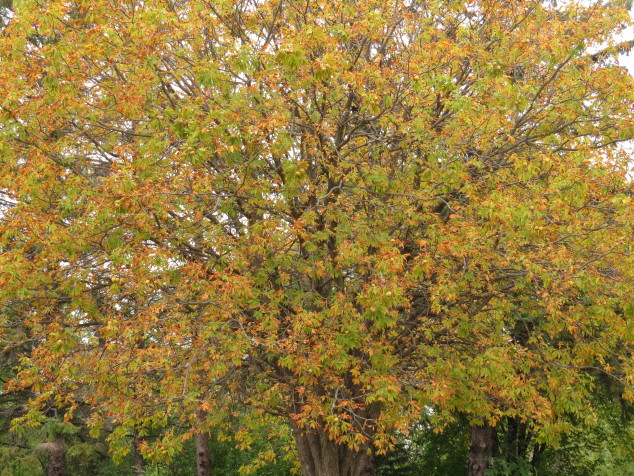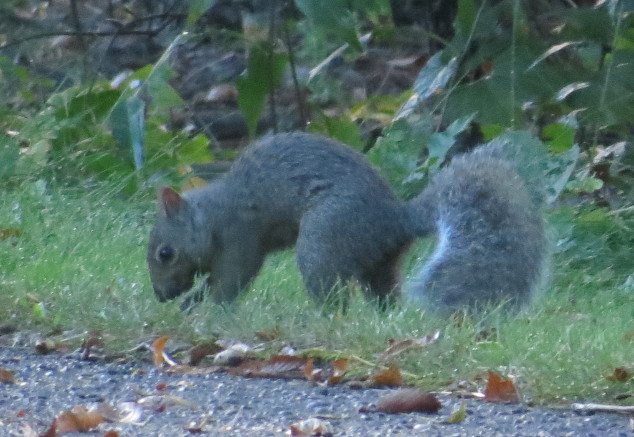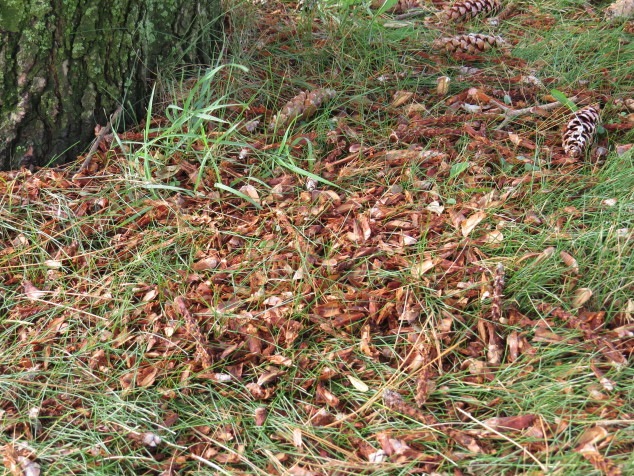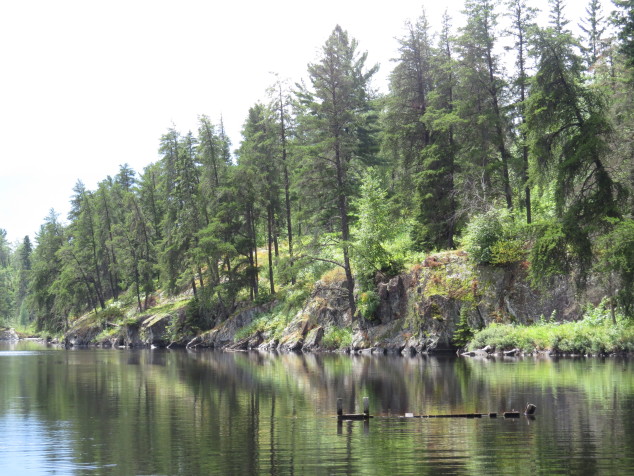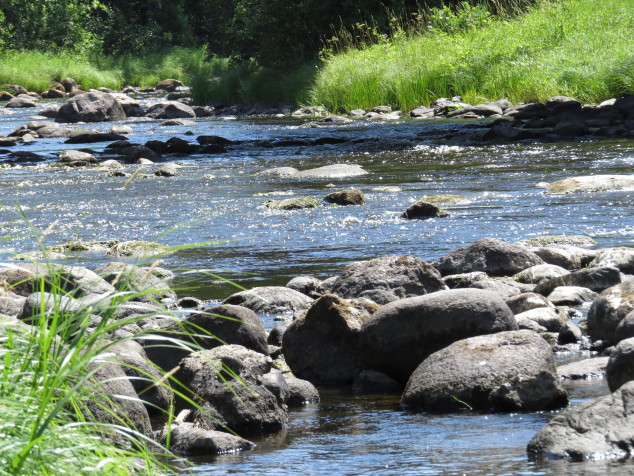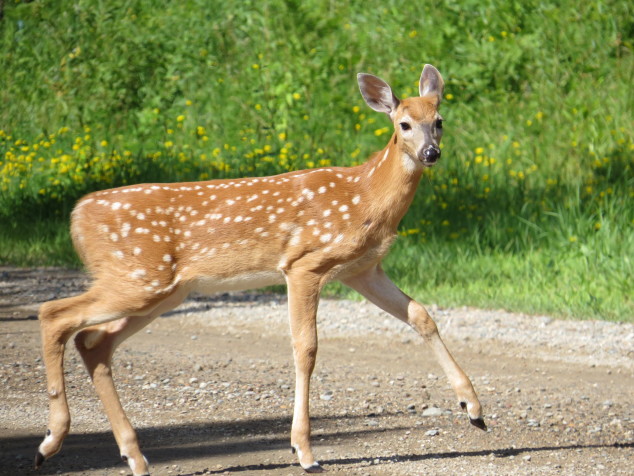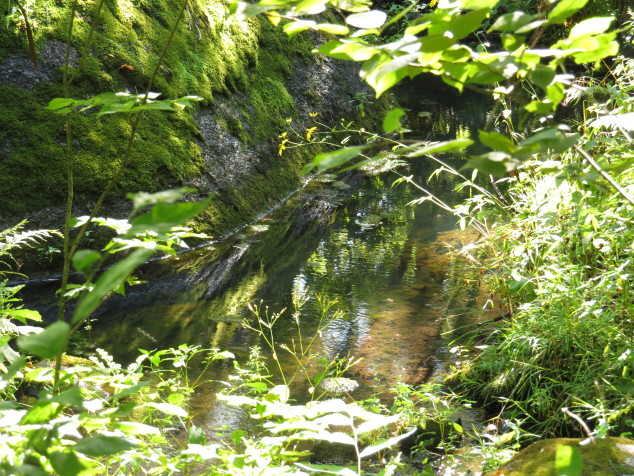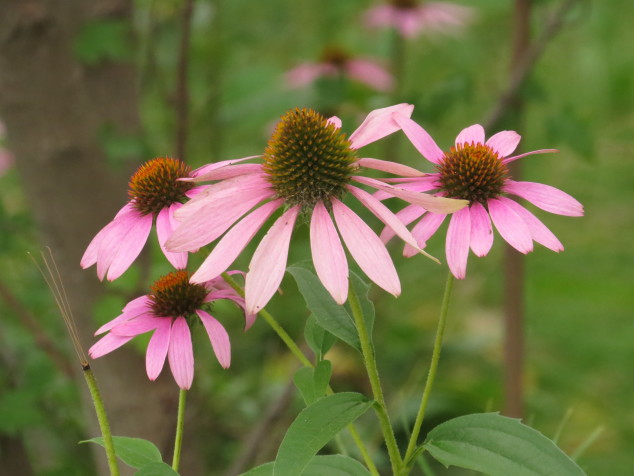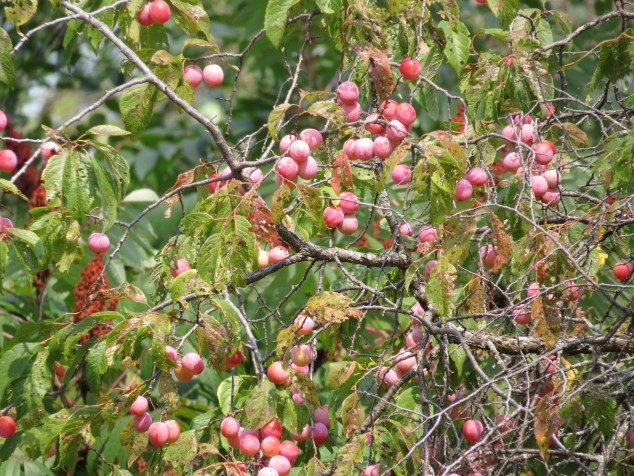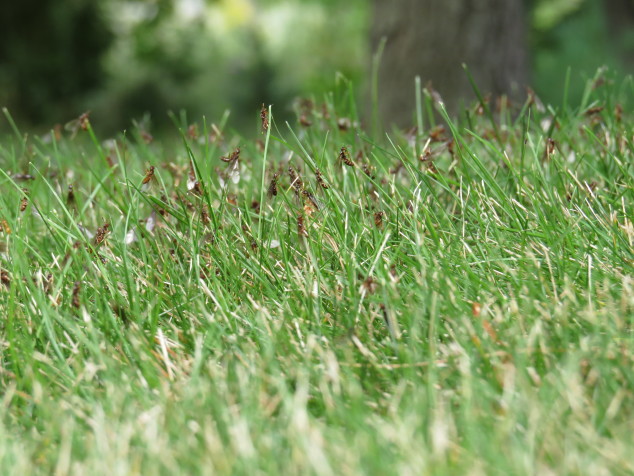Moving a household of five people after nine or twelve years in one spot takes some preparation. Even more so if one does not easily get rid of things from the past–“But I love this picture she did when she was four–remember how early she held a pencil just right?” or “This showcased her musical talent–she played it so easily when she was little” or ” These plastic snakes were his favorite things when he was three–we should keep them for grandkids.” So, we did this twice in our lives–and we still have the picture, the instrument, and the snakes. I was fairly good at the preparation–I loved the neat stacks of boxes that accumulated against the wall as the closets and cupboards emptied, and I even felt a swift satisfaction with the large give-away and throw-away piles. But as moving day was in sight, I would hit a wall. Like a stubborn horse who will not move forward, I would find myself sitting back on my haunches and stiffening my neck–all of a sudden, I didn’t want this to happen! My mental preparation hadn’t kept up with my physical preparation.
Of the four seasons, Fall is the season for preparation. Spring brings many changes as it tumbles into Summer, but it seems joyful and effortless. Autumn slowly, methodically prepares us for Winter. And with that preparation comes paradox. Harvest of apples, pumpkins, potatoes, carrots, beets, and squash showers us with abundance and food for the coming months while drying and dying vines and grasshopper-eaten leaves wither and eventually freeze.
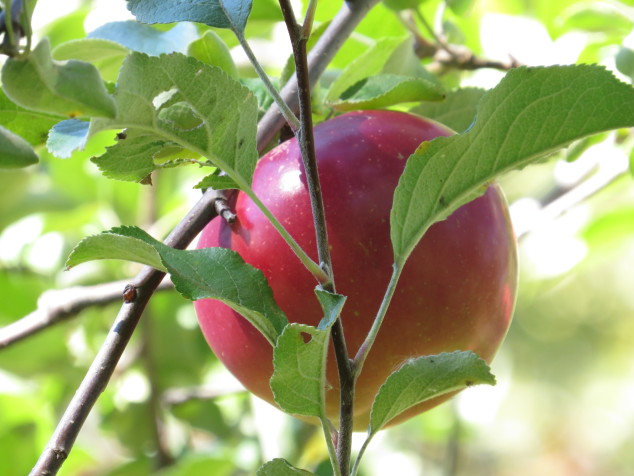 Brilliant beautiful leaves inspire us and make us breathe deeply of the clear, crisp air–before they fall from the trees leaving bare branches and emptiness.
Brilliant beautiful leaves inspire us and make us breathe deeply of the clear, crisp air–before they fall from the trees leaving bare branches and emptiness.
Animals prepare their nests, bodies, and food piles for Winter, and some become food for us.
Three months of waxing and waning, harvest and loss, work and rest, brilliance and decay.
Preparation–a proceeding, measure, or provision by which one prepares for something. Mother Nature prepares us, the animals, and the plants for Winter and all that comes with that in the North of North America. A proceeding, step by step, into the lenten season of dormancy.
My balking when the moves became inevitable illustrates my sudden realization of the losses I was about to incur–the loss of good friendships and family get-togethers, the loss of our home, jam-packed with memories of the kids growing up, the loss of every bit of work we did to make our place better than it was when we got there. My quarter-moon readiness illuminated the boxes and empty rooms, yet the darkened part, the side not seen, was not prepared and was struggling against what was to come. We work hard to prepare ourselves for certain things in our lives…and yet, sometimes, we just don’t get it all done. As my husband reminds me quite often, ‘You can only get ready for so long–pretty soon you have to leave.’ And we did leave–with loaded U-Hauls and vehicles stuffed to the brim, with tears and anticipation, with sadness and joy. The preparation carries us forward to what lies next. The time comes for us to lay our heartaches down (with all due respect to Emmylou), and we walk into the next Season of our Life.
